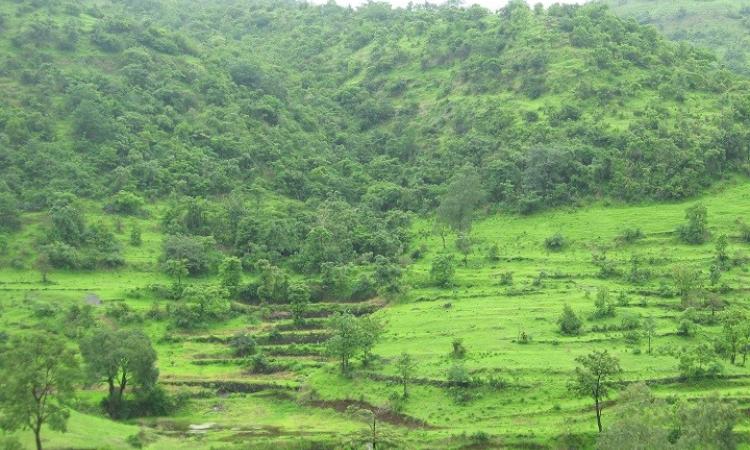
Kanchi Kohli is a researcher, writer and campaigner working on environment, forest and biodiversity governance in India and their interface with trade and industrialisation. In her recently co-edited book--Business Interests and the Environmental Crisis written in the premise of the current development discourse--she says that at present, the understanding of development not only threatens to commodify nature, but also value nature and its resources in economic terms by viewing them as products with costs assigned to them.
How do laws and regulations in India and international dialogues and conventions define the current development and environmental issues? What are the alternative voices and arguments against these? How are the solutions reached and what could be the cost of these business-led, mechanical solutions to the current environmental crisis? Who benefits from these solutions? What are the ethical, legal dilemmas that need redressal? The book dwells on these pertinent questions and argues that these business-led solutions could in fact destroy the ecology and threaten the survival of local, marginalised communities who depend on the environment for survival and play a role in preserving it.
Kanchi Kohli talks to the India Water Portal and shares her thoughts on the book.
What triggered this book?
The book has been in the making for almost a decade. As practitioners working on issues of environment law and regulation, we found ourselves having to make choices. Is Access and Benefit Sharing (ABS) a good way forward to ensure people’s participation in biodiversity conservation? Can forest rights lead to community-based conservation as is being claimed? Why is the climate change debate so distant from the places where people live their lives? How do concepts such as natural capital or net present value or profitability in business terms impact policy and legal process? We wanted to try and make sense of some of these questions, and this book is one attempt to do so.
Colonialisation of India resulted in the involvement of external actors who controlled natural resources and assigned economic value to them. Do you think economic liberalisation also contributed to this? What do you think are the similarities and the differences?
As some of the papers in the book point out, the problem of commodification of nature has existed since the colonial times. This is especially so in sectors such as coal and forests which are central to the narrative of the environmental crisis today. What is different today is that it is not if the problem is defined in econometric terms, but how the solutions take on a similar format. If nature is a commodity, then the only way it can be protected is through attributing a high value to it. Once the price is fixed, then a distinct set of owners need to be defined if businesses have to stay relevant in the trade, which involves use or destruction of nature. Finally, just like any other transaction, there needs to have rules and regulations which could determine these negotiations.
How has this influenced current policies, laws and environmental issues in India?
The above principles have distinctly influenced policies and laws. Most responses to the crises are in the form of defining rights, compensating or offsetting damages as well as managing the impacts of land-use change. Emphasis on precautionary principle for the conservation of livelihoods or protection of nature is rarely visible in national laws or international conventions.
Could you give us some examples of how financialisation and commodification of nature has played against the environmental and local interests in the current years?
In India, the primary example is that of compensatory afforestation (CA). When the Supreme Court first discussed the problem of CA back in 1998-99, it had identified two main problems--non-availability of land and improper utilisation of the funds made available for CA. The solutions which followed led to the setting up of a Compensatory Afforestation Fund Management and Planning Authority CAMPA. Also, adding on was an additional payment in the form of Net Present Value (NPV) if forest land was to be diverted for non-forest use. Both the problems identified in the court exist till date. As for forest diversion, it continues at the reported rate of 35,000-40,000 hectares a year.
Has there been a backlash? What are the alternatives proposed?
There isn’t a clear backlash. As the book discusses, many practitioners have tried to engage with the current policy frameworks to make them participatory, fair and equitable. For several people engaged in policy matters, this is the interim alternative. There are processes, which do try and break out of viewing nature as a resource, but when they try and upscale or expand the effort, they end up having to engage with the same legal and policy structures.
Will these be sustainable in the long run?
The word 'sustainable' is slippery. It can mean different things to different entities. It will surely be sustainable for businesses and the governments who could continue to be part of the problem as well as the solution. For those dependent on nature for livelihoods and everyday living, however, this could end up in different ways. People with clearly defined rights, trade acumen and political networks might be able to make financial gains. Whether nature will (or will be allowed to) be conserved for the future generations, remains to be seen.
Find a detailed review of the book here